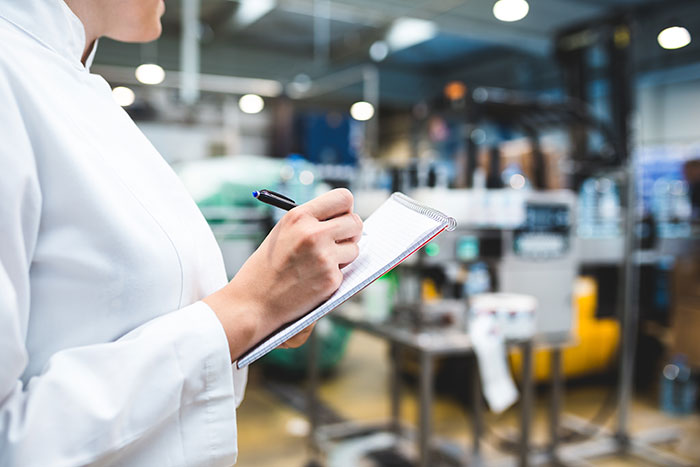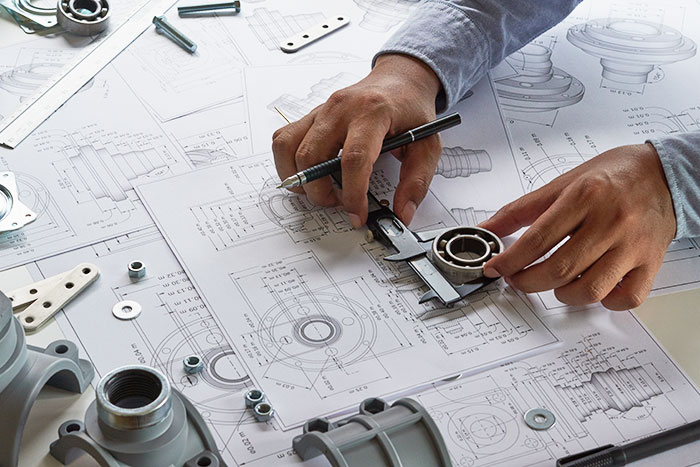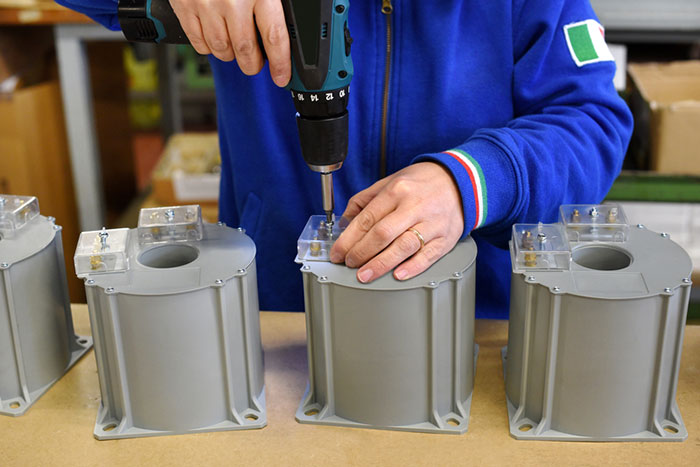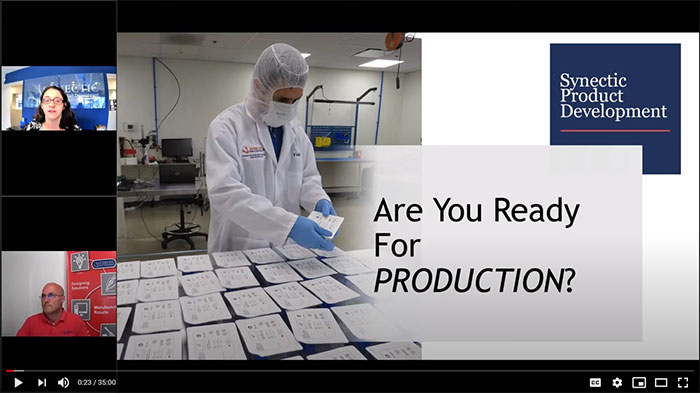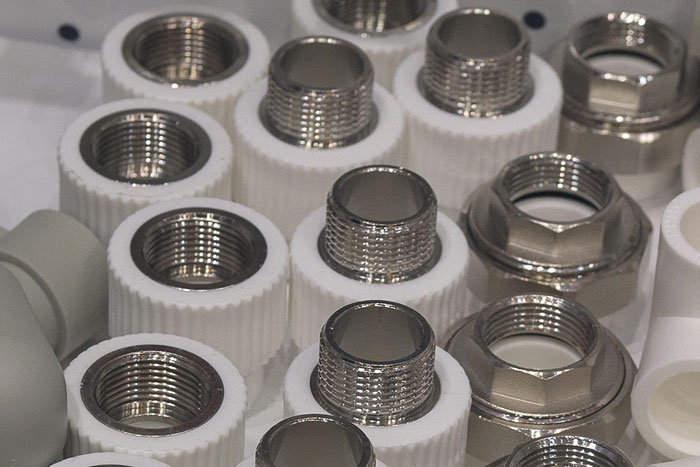
Insert molding is another plastic injection molding process that combines different materials into one object. Unlike overmolding, which involves a two-step process to create a similar outcome, insert molding is only one step. We put together this quick overview of insert molding to help you understand this important manufacturing process.
What is insert molding?
Insert molding is a type of plastic injection molding involving joining separate parts into a single component. The result is a permanently joined together and fully encapsulated part assembly. Since it is a singular process, insert molding increases production efficiency and decreases manufacturing costs while producing a part that has improved mechanical and functional properties.
Uses for insert molding
Insert molding allows an “insert” to be placed into the mold encapsulating it during the molding process, producing the final part. These inserts can be metal or plastic, with some common inserts being studs, contacts, and threads. Threaded inserts are often used for parts requiring a secondary operation to complete the assembly, such as adhering or soldering. Medical devices requiring sterilization are most often insert molded. The process creates tight seals around the instrument, making them optimal for sterilization techniques. Some examples of insert molded parts include medical syringes, waterproof cables, and screw-on knobs.
The insert molding process
Insert molding involves two different materials, such as threaded metal inserts that are “inserted” into a tool, and then thermoplastic resin is injected around it. In certain instances, parts are produced using a combination of insert molding and overmolding. Plastic can be molded over plastic that has been molded over metal using insert molding. Another application involves using two materials, such as metal and rubber, that are insert molded into plastic simultaneously.
Design considerations for insert molding
Given the complex nature of insert molded parts, there are several considerations when designing for manufacturing. Engineers must select materials that will not get damaged during the molding process. Additionally, compatible materials such as ABS, PEEK, and acrylic thermoplastics are needed for proper part bonding. For parts exposed to increased mechanical friction during use, it is recommended to incorporate bushings, sleeves, and threaded inserts into the product design. Lastly, like overmolding, tool design needs to account for any shift to the substrate caused by the injection molding process. If the substrate were to shift inside the tool, this could cause significant damage to the part and the machinery. When designing tools for insert molding, the designer needs to add additional support features that hold the substrate, adequately seating it within the tool to prevent shifting.
Insert molding can reduce part costs by combining materials into one part. It is just one method of plastic injection molding that Synectic has extensive experience in developing. If you are unsure if insert molding would be the correct process for your project or would like some expert manufacturing advice, contact us and we would be happy to help.
Need Insert Molding?
About Synectic Product Development: Synectic Product Development is an ISO 13485 certified, full-scale product development company. Vertically integrated within the Mack Group, our capabilities allow us to take your design from concept to production. With over 40 years of experience in design, development, and manufacturing, we strive for ingenuity, cost-effectiveness, and aesthetics in our designs. Learn more about our contract manufacturing services and see how we can help your next project.
